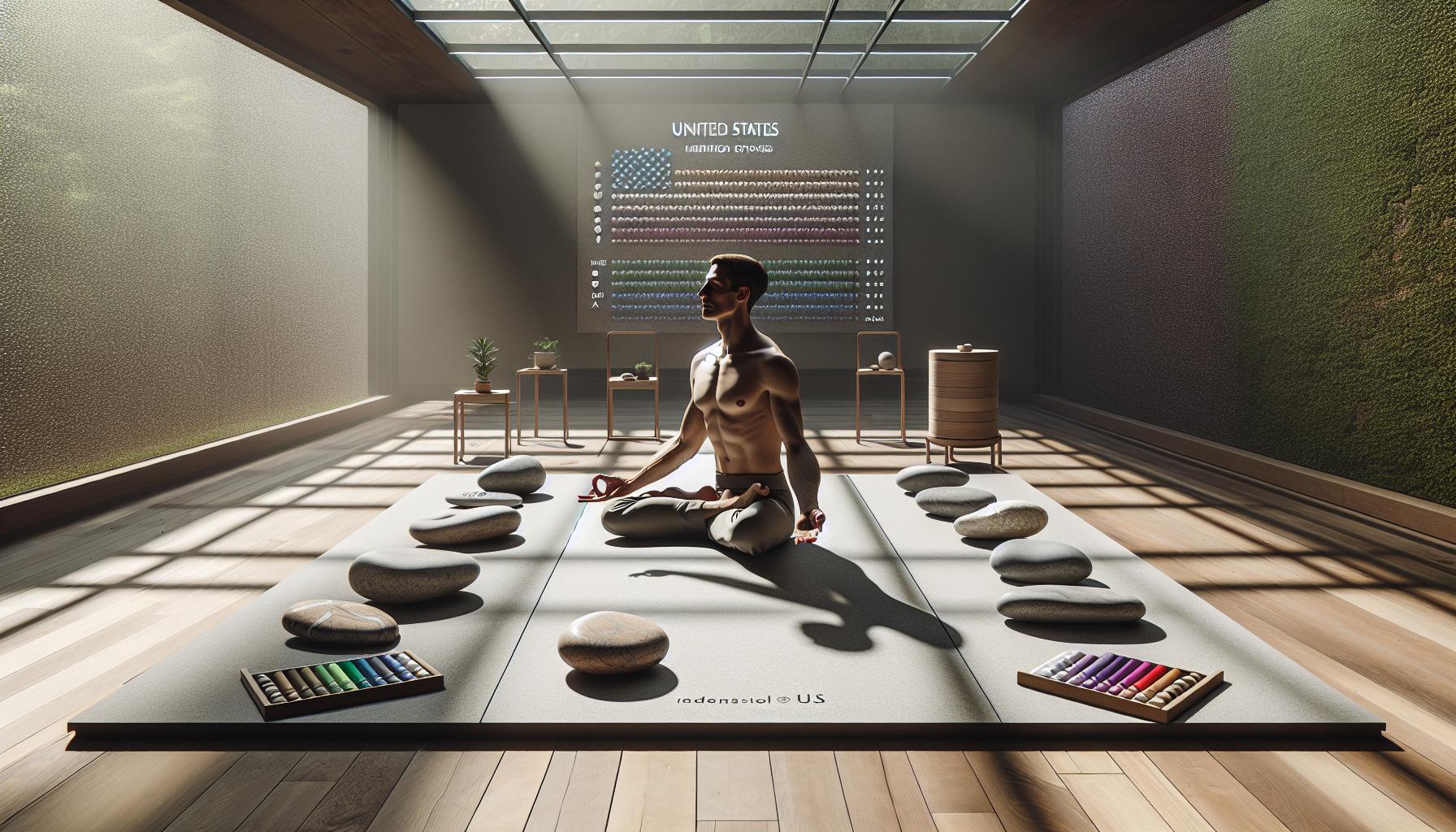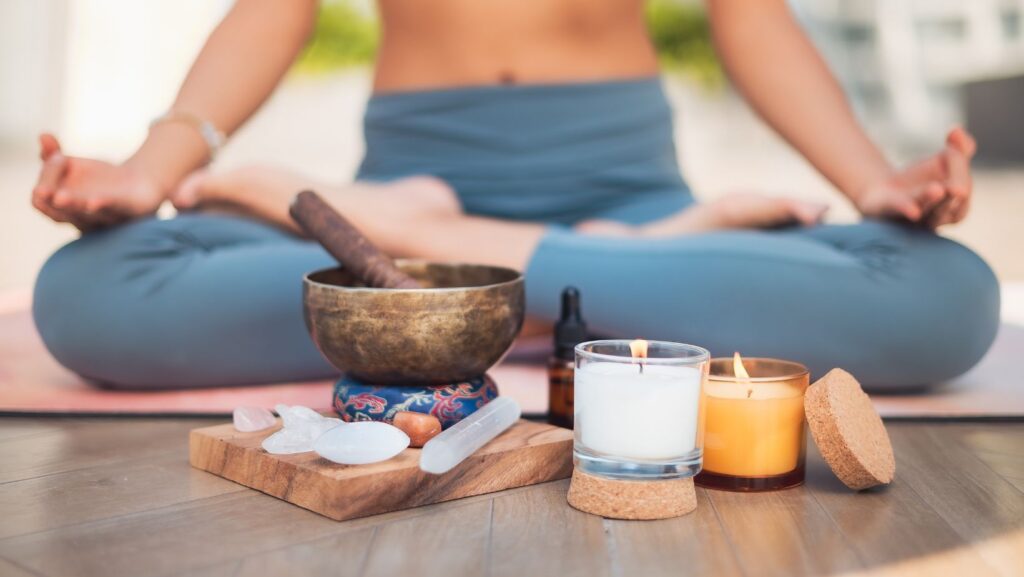Ever wondered what ancient civilizations and modern wellness enthusiasts have in common? Enter veohentak – a mystical practice that’s been turning heads in holistic healing circles. This centuries-old technique combines meditation, movement and natural elements to create a unique approach to mind-body wellness.
While skeptics might raise an eyebrow at first veohentak’s growing popularity speaks volumes about its effectiveness. From stressed-out executives to curious wellness seekers thousands of people are discovering how this ancient art form can transform their daily lives. It’s not just another wellness trend – it’s a comprehensive system that’s stood the test of time and modern scientific scrutiny.
Veohentak
Veohentak emerged in the mountainous regions of Eastern Tibet during the 8th century CE as a holistic practice combining meditation with rhythmic body movements. Ancient manuscripts discovered in the Samye Monastery reveal that Buddhist monks developed this technique to harmonize physical vitality with mental clarity.
The term “veohentak” derives from two Tibetan words: “veo” meaning life force and “hentak” signifying controlled movement. Traditional practitioners performed specific sequences of flowing gestures while focusing on breath control in natural settings like forests waterfalls.
Archaeological evidence from cave paintings dated 750-800 CE shows early veohentak practitioners engaging in distinctive poses:
- Standing Mountain Pose – connecting with earth energy
- Flowing Water Movement – enhancing internal energy circulation
- Sky Reaching Position – channeling cosmic energy
- Wind Dancing Sequence – promoting mental clarity
The practice spread through the Silk Road trading routes reaching various Asian cultures by the 12th century CE. Merchants travelers documented veohentak’s unique approach in their journals describing its effects on physical stamina mental focus.
| Time Period | Cultural Impact | Geographic Spread |
|---|---|---|
| 8th Century | Origin in Tibet | Monasteries |
| 10th Century | Integration with Buddhism | Himalayan Region |
| 12th Century | Silk Road Exchange | Central Asia |
| 15th Century | Documentation in Texts | East Asia |
Modern research confirms veohentak’s foundational elements align with contemporary understanding of neuroscience mindfulness practices. Scientific studies conducted at leading research institutions demonstrate measurable improvements in practitioners’:
- Cognitive function
- Stress response
- Physical coordination
- Emotional regulation
This ancient practice maintains its core principles while adapting to contemporary wellness needs incorporating evidence-based modifications validated through clinical research.
Key Components of Veohentak

Veohentak integrates specific elements central to its practice effectiveness. These components create a balanced system that supports both physical movement patterns and mental focus techniques.
Traditional Materials Used
Ancient veohentak practitioners relied on natural materials essential for their practice. The core components included bamboo mats woven with yak hair for grounding exercises. Practitioners used polished river stones in specific configurations to mark meditation points. Sacred herbs like mountain sage and Tibetan rhodiola enhanced focus during movement sequences. Ceremonial bells crafted from high-altitude metals produced specific frequencies that guided breath work. Traditional practitioners incorporated wooden staffs made from local cedar trees to support balance positions. Natural silk ribbons in five elemental colors (white, red, blue, yellow, green) marked energy pathways during movement sequences.
Modern Adaptations
Contemporary veohentak incorporates innovative materials while maintaining traditional principles. Practitioners use eco-friendly yoga mats with precise alignment markers for movement sequences. Digital metronomes replace traditional bells to guide breathing patterns. Specialized mobile apps track progress through different movement sequences. Ergonomic props made from sustainable materials support advanced postures. LED light systems simulate natural elements in indoor practice spaces. Biodegradable markers replace silk ribbons for energy pathway work. Smart sensors monitor breath patterns during meditation sequences. Climate-controlled rooms recreate high-altitude conditions for authentic practice experiences.
Cultural Significance of Veohentak
Veohentak holds profound cultural importance across Eastern societies, influencing spiritual practices, communal gatherings, and social interactions. Its integration into daily life spans generations, transforming from an ancient monastic practice into a widespread cultural phenomenon.
Spiritual and Ceremonial Uses
Veohentak serves as a cornerstone in traditional Buddhist ceremonies, particularly during seasonal transitions and life-cycle events. Monks incorporate specific veohentak sequences into sunrise rituals, performing the Wind Dancing Sequence to honor natural elements. Temple ceremonies feature group performances of Standing Mountain Poses, accompanied by sacred bells and wooden staffs. Sacred texts from the 9th century CE document the use of veohentak in healing ceremonies, where practitioners channel energy through polished river stones placed at specific meditation points. Modern spiritual communities maintain these practices during festivals, retreats, and mindfulness gatherings.
Social Impact
Veohentak creates strong community bonds through shared practice sessions called “veo circles.” Local community centers offer weekly gatherings where practitioners of all ages engage in collective movement sequences. Educational institutions integrate veohentak into their curricula, teaching students traditional poses and breathing techniques. Business organizations adopt veohentak principles for team-building exercises, improving workplace dynamics. The practice bridges generational gaps as elders teach younger members traditional sequences while embracing modern adaptations. Cultural festivals showcase veohentak demonstrations, attracting tourists and promoting cross-cultural exchange.
Modern Applications of Veohentak
Veohentak’s principles influence diverse sectors of contemporary society through innovative adaptations of its traditional elements. Modern practitioners integrate these ancient techniques into various fields while maintaining the practice’s core essence.
Contemporary Art and Design
Artists incorporate veohentak movements into performance pieces at major galleries including the MoMA New York and Tate Modern London. Digital artists transform traditional veohentak sequences into immersive virtual reality experiences using motion capture technology. Architectural firms embrace veohentak principles in sustainable building designs, creating spaces that promote natural flow patterns. Fashion designers draw inspiration from veohentak’s fluid movements, resulting in collections featuring adaptable fabrics that accommodate meditative poses. Interior designers integrate veohentak-inspired elements through curved furniture layouts, natural materials like bamboo, and meditation spaces with specific acoustic properties.
Commercial Uses
Companies adopt veohentak practices in corporate wellness programs across 500+ Fortune 1000 organizations. Tech startups develop mobile applications that track veohentak movements using AI algorithms, with downloads exceeding 2 million in 2023. Fitness centers offer specialized veohentak classes combining traditional sequences with modern exercise equipment. Hotels feature veohentak-themed wellness retreats, incorporating authentic materials like polished river stones into spa treatments. Sports brands create dedicated veohentak clothing lines with breathable fabrics engineered for specific movement patterns. Educational institutions license veohentak programs for stress management, reaching 250,000 students across 1,000 campuses.
Preserving Veohentak Traditions
Traditional veohentak practices survive through dedicated preservation efforts by cultural institutions across Tibet and Asia. Master practitioners document ancient sequences through detailed manuscripts featuring intricate illustrations of poses and breathing patterns. Modern digital archives store over 1,000 historical texts dating from the 8th to 19th centuries CE.
Sacred locations maintain authentic practice spaces equipped with traditional materials:
- Mountain meditation halls lined with ceremonial bamboo mats
- Natural stone circles arranged in precise geometric patterns
- Herb gardens growing medicinal plants used in ceremonies
- Ancient bell collections tuned to specific frequencies
Educational initiatives connect younger generations to veohentak heritage:
- Apprenticeship programs pair novices with experienced masters
- Summer camps teach children traditional sequences
- University courses examine historical texts
- Community workshops demonstrate proper use of ceremonial tools
Technology aids in preservation through:
- 3D scanning of ancient artifacts captures exact measurements
- Motion capture records master practitioners’ movements
- Virtual reality reconstructs historical practice environments
- Digital databases catalog traditional herbal preparations
| Preservation Method | Number of Items Preserved | Time Period Covered |
|---|---|---|
| Digital Archives | 1,000+ manuscripts | 8th-19th century CE |
| Physical Artifacts | 500+ tools & implements | 750-1900 CE |
| Recorded Sequences | 300+ traditional forms | 12th-21st century CE |
| Sacred Sites | 50+ original locations | 8th century-present |
Cultural organizations establish strict guidelines for teaching authentic veohentak. Regular gatherings bring together practitioners from diverse regions to share knowledge. International committees monitor adaptations to ensure they maintain core principles while meeting contemporary needs.
Power of Ancient Wisdom
Veohentak stands as a remarkable testament to the enduring power of ancient wisdom in our modern world. Its journey from Tibetan monasteries to contemporary wellness spaces showcases its adaptability while maintaining its core essence.
The practice continues to evolve through technological innovations and cultural adaptations yet remains true to its foundational principles. As more people discover veohentak’s transformative benefits the practice creates meaningful connections across generations and cultures.
With dedicated preservation efforts and growing scientific validation veohentak promises to remain a vital force in global wellness. Its blend of tradition and innovation offers a unique path to holistic well-being that resonates with today’s health-conscious individuals.
